-
 Bitcoin
Bitcoin $107,341.7259
0.15% -
 Ethereum
Ethereum $2,438.6204
0.70% -
 Tether USDt
Tether USDt $1.0003
-0.02% -
 XRP
XRP $2.1866
1.94% -
 BNB
BNB $649.0952
0.36% -
 Solana
Solana $150.9602
5.63% -
 USDC
USDC $0.9999
0.00% -
 TRON
TRON $0.2742
0.40% -
 Dogecoin
Dogecoin $0.1645
1.93% -
 Cardano
Cardano $0.5669
1.18% -
 Hyperliquid
Hyperliquid $37.8286
4.19% -
 Bitcoin Cash
Bitcoin Cash $491.4669
-2.74% -
 Sui
Sui $2.8150
3.06% -
 Chainlink
Chainlink $13.4184
2.91% -
 UNUS SED LEO
UNUS SED LEO $9.0809
0.27% -
 Avalanche
Avalanche $18.0295
2.60% -
 Stellar
Stellar $0.2396
1.19% -
 Toncoin
Toncoin $2.8587
0.13% -
 Shiba Inu
Shiba Inu $0.0...01160
2.59% -
 Litecoin
Litecoin $86.4192
1.45% -
 Hedera
Hedera $0.1486
1.19% -
 Monero
Monero $308.4324
0.87% -
 Polkadot
Polkadot $3.4202
1.43% -
 Bitget Token
Bitget Token $4.6436
-0.34% -
 Dai
Dai $0.9998
-0.02% -
 Ethena USDe
Ethena USDe $1.0002
0.00% -
 Uniswap
Uniswap $7.1527
3.29% -
 Pi
Pi $0.5357
-8.45% -
 Pepe
Pepe $0.0...09588
4.61% -
 Aave
Aave $259.9759
0.81%
What is Coinbase's cryptocurrency cold storage?
Coinbase protects most user crypto assets offline using multi-layered cold storage, including physical security, multi-signature authorization, and geographically dispersed facilities; however, no system is completely impenetrable.
Mar 12, 2025 at 05:00 am
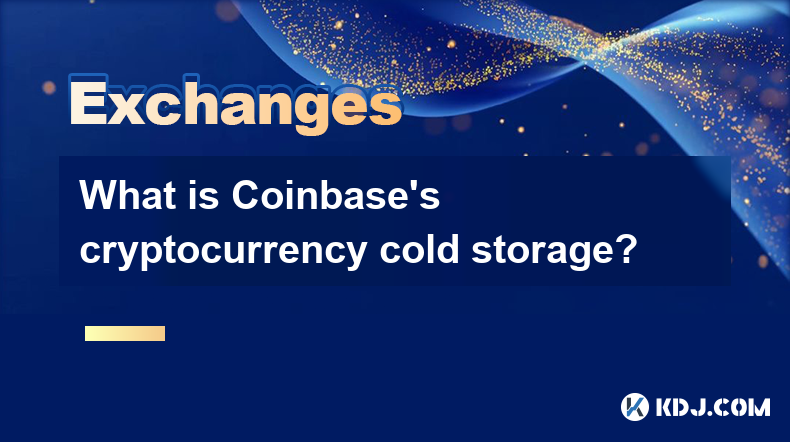
Key Points:
- Coinbase's cold storage is a system designed to protect the vast majority of its customers' crypto assets offline.
- It employs multiple layers of security, including physical security measures, multi-signature authorization, and geographically dispersed storage.
- Understanding Coinbase's cold storage approach helps users assess the security of their funds held on the platform.
- While robust, no system is impenetrable, and users should still practice good security hygiene.
- The exact specifics of Coinbase's cold storage implementation are not publicly disclosed for security reasons.
What is Coinbase's Cryptocurrency Cold Storage?
Coinbase, one of the world's largest cryptocurrency exchanges, utilizes cold storage as a primary method for safeguarding the digital assets of its millions of users. Cold storage, in essence, refers to storing cryptocurrency offline, disconnected from the internet, making it significantly more resistant to hacking attempts compared to "hot wallets" which are always online. This offline nature minimizes the risk of unauthorized access via malware or phishing attacks.
How Does Coinbase's Cold Storage Work?
Coinbase's cold storage system is multi-faceted and complex. While the exact details are kept confidential for security reasons, it's understood to involve several key components. The vast majority of user funds are held in offline, secure storage facilities. These facilities are likely highly protected, employing physical security measures such as biometric access, surveillance systems, and robust building infrastructure.
This offline storage is complemented by a robust system of multi-signature authorization. This means that multiple individuals, each possessing a separate key, are required to authorize any transaction involving these offline funds. This dramatically reduces the risk of a single compromised key leading to a security breach.
Furthermore, Coinbase likely employs geographically dispersed storage. Instead of keeping all cold storage in a single location, the assets are likely spread across multiple, secure facilities in different geographic locations. This redundancy minimizes the impact of any localized disaster or targeted attack.
What are the Security Measures Involved?
Coinbase employs several layers of security beyond the basic cold storage infrastructure. These might include advanced encryption techniques to protect the private keys used to access the cryptocurrencies. Regular security audits by independent firms likely form part of their security protocol, ensuring the system remains robust and up-to-date with the latest security best practices. Furthermore, the company likely utilizes intrusion detection systems to monitor for any suspicious activity.
What are the Limitations of Coinbase's Cold Storage?
Despite its strengths, Coinbase's cold storage system, like any other security system, isn't invulnerable. While highly secure, sophisticated and persistent attacks remain a possibility, although the probability is significantly reduced compared to hot wallets. Internal threats, although less likely, also remain a concern, highlighting the importance of robust internal security protocols and employee vetting processes.
Access and Transaction Processing:
Moving funds between cold and hot wallets necessitates a carefully controlled process. This usually involves a multi-step authorization process, ensuring that only legitimate transactions are executed. The transfer of assets from cold storage to hot wallets, for user withdrawals, for example, is carefully managed and monitored to prevent any unauthorized access or manipulation.
Transparency and Public Information:
Coinbase doesn't publicly disclose the precise details of its cold storage infrastructure for obvious security reasons. Revealing the location of storage facilities or the specifics of security protocols could provide valuable information to potential attackers. However, Coinbase does publish regular transparency reports offering high-level information on security measures and incidents.
Comparing Coinbase's Cold Storage to Other Exchanges:
While specifics vary across exchanges, the general principles of cold storage are consistent across the industry. Most major cryptocurrency exchanges employ some form of cold storage to secure the majority of their users' assets. However, the specific implementation details and the exact proportion of funds held in cold storage can vary significantly, leading to differences in the overall security levels offered.
Frequently Asked Questions:
Q: Is my cryptocurrency completely safe in Coinbase's cold storage?
A: While Coinbase's cold storage is designed to be highly secure, no system is entirely impenetrable. The risk of loss is significantly reduced compared to hot wallets, but it's not eliminated entirely.
Q: How can I verify that Coinbase is using cold storage for my funds?
A: Coinbase doesn't offer direct, user-level verification of the specific cold storage holding your assets due to security concerns. However, their transparency reports and general industry best practices suggest their usage of cold storage.
Q: What happens if Coinbase's cold storage is compromised?
A: In the unlikely event of a significant security breach, Coinbase would likely have insurance policies in place to compensate affected users, though the specifics of such compensation would depend on the nature and extent of the breach. Such an event would also likely trigger extensive regulatory scrutiny.
Q: What is the difference between cold storage and hot storage?
A: Cold storage keeps cryptocurrency offline, significantly reducing the risk of hacking, while hot storage keeps cryptocurrency online, offering faster transaction speeds but increased vulnerability to cyberattacks.
Q: Does Coinbase use any other security measures besides cold storage?
A: Yes, Coinbase employs multiple layers of security beyond cold storage, including multi-signature authorization, encryption, regular security audits, and intrusion detection systems. The specific measures are not publicly disclosed for security reasons.
Disclaimer:info@kdj.com
The information provided is not trading advice. kdj.com does not assume any responsibility for any investments made based on the information provided in this article. Cryptocurrencies are highly volatile and it is highly recommended that you invest with caution after thorough research!
If you believe that the content used on this website infringes your copyright, please contact us immediately (info@kdj.com) and we will delete it promptly.
- BONK Price Prediction: Is the Meme Coin Ready to Pop?
- 2025-06-29 14:30:12
- Bitcoin Funding Rates, Short Squeeze, and the Price Decline: A Perfect Storm?
- 2025-06-29 14:50:12
- Bitcoin Cash (BCH): Explosive Move or False Dawn?
- 2025-06-29 15:10:12
- Chainlink, Lightchain AI, and Presale Hype: What's Real?
- 2025-06-29 15:10:12
- Pi Coin Price Prediction Today: Navigating Uncertainty
- 2025-06-29 14:55:12
- Meme Coins: Buy Now, Hold Forever? (Maybe)
- 2025-06-29 14:30:12
Related knowledge
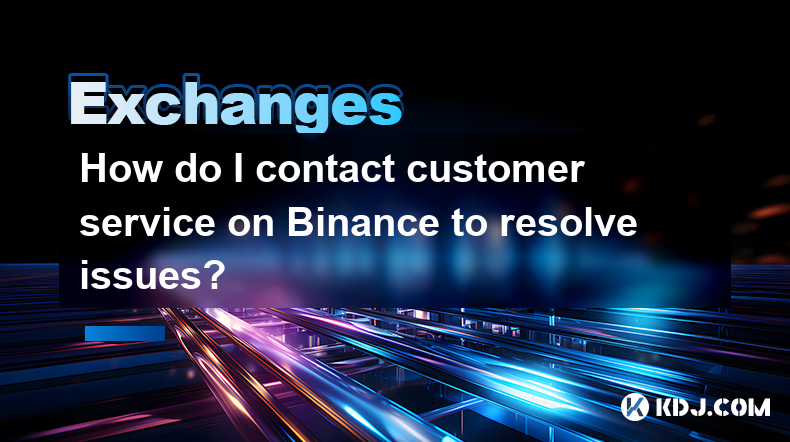
How do I contact customer service on Binance to resolve issues?
Mar 16,2025 at 04:30am
Key Points:Binance's customer service is primarily self-service, relying heavily on its help center and FAQs.Direct contact methods are limited, with email support being the most common route for non-urgent issues.Urgent issues may require using the in-app support system, though response times can vary.Understanding Binance's support structure and utili...

How do I view the latest announcements and events on Binance?
Mar 18,2025 at 10:18pm
Key Points:Binance utilizes multiple channels for disseminating announcements and events.The official Binance website is the primary source.Binance's social media platforms offer timely updates.Email subscriptions keep users informed about relevant announcements.Third-party aggregators can supplement official channels but require caution.How Do I View t...
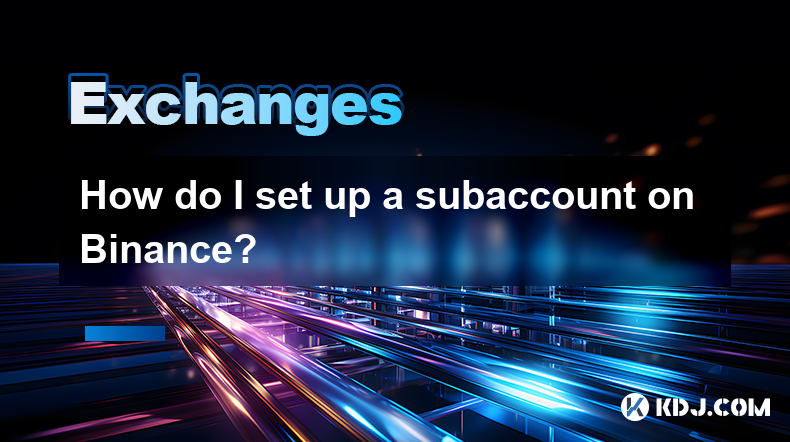
How do I set up a subaccount on Binance?
Mar 14,2025 at 01:50pm
Key Points:Binance does not offer traditional "subaccounts" in the sense of separate accounts with independent logins under a master account.Instead, Binance offers features like user-defined labels for better portfolio management and API keys for automated trading. These provide functionality similar to subaccounts.Setting up these features involves na...
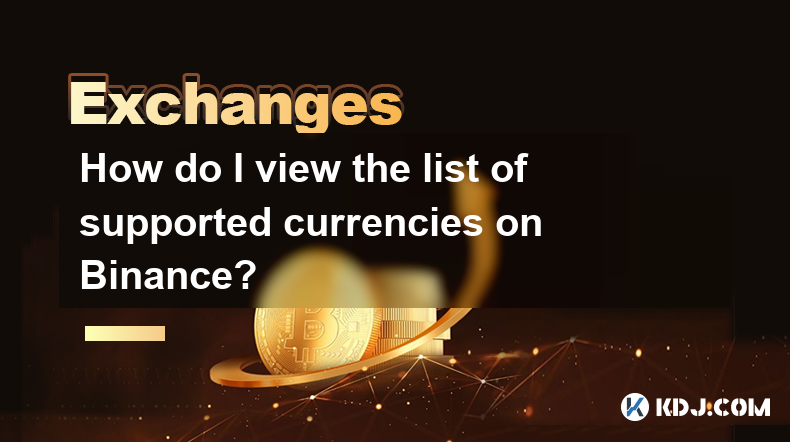
How do I view the list of supported currencies on Binance?
Mar 15,2025 at 05:35am
Key Points:Binance supports a vast and frequently updated list of cryptocurrencies. There's no single, static list.Finding supported currencies requires navigating Binance's website or app interfaces.Different sections of the exchange show different subsets of supported currencies (e.g., trading, staking, etc.).The availability of specific cryptocurrenc...
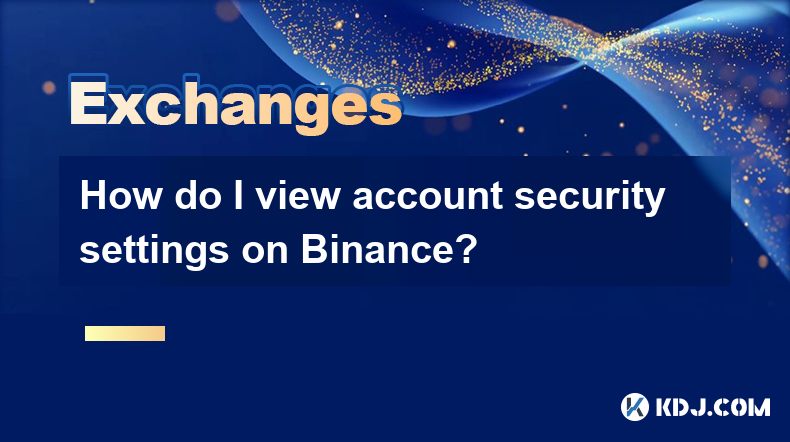
How do I view account security settings on Binance?
Mar 15,2025 at 08:40pm
Key Points:Binance's security settings are spread across multiple sections of your account. This article will guide you through each crucial area.Understanding and implementing these settings is paramount to protecting your cryptocurrency assets.We'll cover two-factor authentication (2FA), withdrawal whitelists, and other essential security features.Reg...
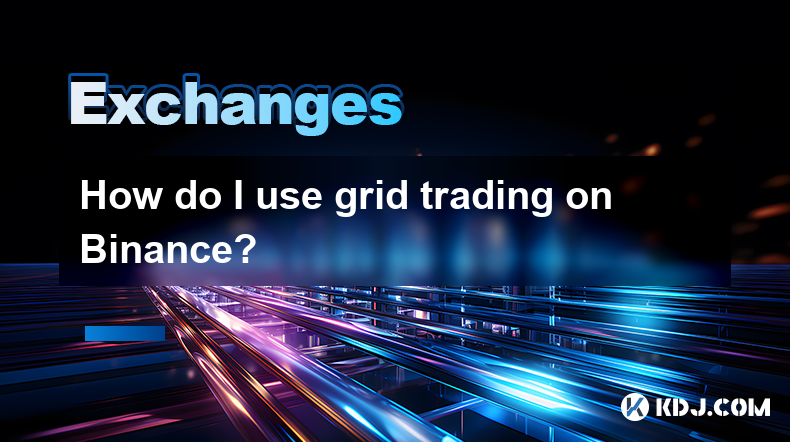
How do I use grid trading on Binance?
Mar 14,2025 at 04:25pm
Key Points:Grid trading on Binance involves automatically buying low and selling high within a defined price range.Binance offers a built-in grid trading bot, simplifying the process.Setting up a grid bot requires defining parameters like price range, grid quantity, and investment amount.Risk management is crucial, as losses are possible despite the aut...

How do I contact customer service on Binance to resolve issues?
Mar 16,2025 at 04:30am
Key Points:Binance's customer service is primarily self-service, relying heavily on its help center and FAQs.Direct contact methods are limited, with email support being the most common route for non-urgent issues.Urgent issues may require using the in-app support system, though response times can vary.Understanding Binance's support structure and utili...

How do I view the latest announcements and events on Binance?
Mar 18,2025 at 10:18pm
Key Points:Binance utilizes multiple channels for disseminating announcements and events.The official Binance website is the primary source.Binance's social media platforms offer timely updates.Email subscriptions keep users informed about relevant announcements.Third-party aggregators can supplement official channels but require caution.How Do I View t...

How do I set up a subaccount on Binance?
Mar 14,2025 at 01:50pm
Key Points:Binance does not offer traditional "subaccounts" in the sense of separate accounts with independent logins under a master account.Instead, Binance offers features like user-defined labels for better portfolio management and API keys for automated trading. These provide functionality similar to subaccounts.Setting up these features involves na...

How do I view the list of supported currencies on Binance?
Mar 15,2025 at 05:35am
Key Points:Binance supports a vast and frequently updated list of cryptocurrencies. There's no single, static list.Finding supported currencies requires navigating Binance's website or app interfaces.Different sections of the exchange show different subsets of supported currencies (e.g., trading, staking, etc.).The availability of specific cryptocurrenc...

How do I view account security settings on Binance?
Mar 15,2025 at 08:40pm
Key Points:Binance's security settings are spread across multiple sections of your account. This article will guide you through each crucial area.Understanding and implementing these settings is paramount to protecting your cryptocurrency assets.We'll cover two-factor authentication (2FA), withdrawal whitelists, and other essential security features.Reg...

How do I use grid trading on Binance?
Mar 14,2025 at 04:25pm
Key Points:Grid trading on Binance involves automatically buying low and selling high within a defined price range.Binance offers a built-in grid trading bot, simplifying the process.Setting up a grid bot requires defining parameters like price range, grid quantity, and investment amount.Risk management is crucial, as losses are possible despite the aut...
See all articles

























































































